Flour Sugar Butter and Eggs – Flour
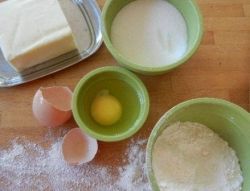 Flour Sugar Butter Eggs
Flour Sugar Butter Eggs
This is part one of a four part series on the basic building blocks of baking. Remember, baking is chemistry you can eat… what you put in makes a huge difference in what you end up with!
Knowing your ingredients means your results will taste better.
Flour Sugar Butter Eggs are simple ingredients that can be combined into infinite ways to create delicious and amazing baked goods. When the pressures mount up, I turn to these ingredients to bring order to the chaos.
With just a few techniques, and maybe a few additions, I can make something delicious out of flour, sugar, butter and eggs; cookies, cake, tarts, cupcakes, brownies or even pancakes.
Let’s start with Flour…
Flour
 Different Kinds of Flour for Different Uses
Different Kinds of Flour for Different Uses
Say “Flour” and people get an image of a canister full of white stuff that you turn in to cookies. Turns out there are a lot of different kinds of flours, and all are used differently. Simple idea… complex reality.
The basic baking flour I use is Unbleached Wheat Flour. But a walk down the baking aisle will reveal many more types. A good rule of thumb for using wheat flour? The higher the protein content… the better it is for breads… lower protein is better for cake and cookies. Cake flour is low in protein.
Unbleached Flour- Is just that.. wheat flour produced without bleach. I don’t really like the idea of eating bleach… so, it’s my go-to flour.
Bleached Flour– Chemicals are added to the flour refining process to make the flour whiter. It also allows cakes to rise and set faster.
Self-Rising Flour- A Leavening agent… baking powder… is added to the flour to make it rise. This flour is often used in biscuits and scones.
Enriched Flour- Flour that has had nutrients added back in to it.
Cake Flour- This flour is heavily bleached while milling to break down any protein, this results in a fine crumb, and is perfect for tender cakes.
Whole Wheat Flour- Flour that uses all of the wheat grain- bran, germ and endosperm. It’s brown and rougher in texture. White flour uses just the endosperm.
While wheat flour is the most often used, in your supermarket, these days you will also find other flours made from nuts, rice or corn. They all have different uses, and are fantastic for gluten free diets.
Almond Flour
Brown Rice Flour
Buckwheat Flour– used for Soba noodles
Chickpea Flour– used in Indian Cuisine
Corn Flour, also called Corn Meal– used quite a bit in the southwest of the US, Mexico and South America. Great for cornbread!
Corn Starch– powdered endosperm of corn- used as a thickening agent, and in some cookie recipes.
Glutinous Rice Flour– used in asian cooking
Maida Flour– used in Indian Cooking
Potato Flour- Made from potato… used in bread baking
Rice Flour– Ground rice- great for people who have wheat or gluten intolerance
Rye Flour– used for my one of my favorites… pumpernickel bread!
Tapioca Flour- made from the cassava plant, used for bread, pancakes and tapioca pudding!
Storing Flour-
Flour should be stored in an airtight container to prevent moisture and pest infestation.
How long does Flour Last?
Wheat, Rice, Potato and Corn Flour– 6-8 months
Corn Meal – 9-12 months
Whole Wheat and Self-Rising Flour– 4-6 months
Nut Flours should be used more quickly- 3-4 months, since the oils could cause them to go rancid. Storing the nut flours in the freezer will extend their life to about a year.
When following a recipe, the type of flour you use makes a huge difference. For the best results, use the flour indicated. I know, this means you might have a few different flour canisters on your shelf, that’s ok.
(You are going to have different sugars too, so stay tuned!)
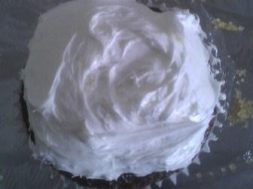

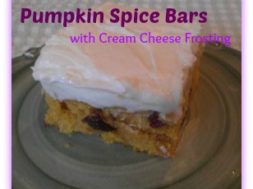
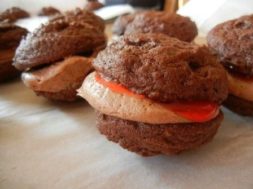
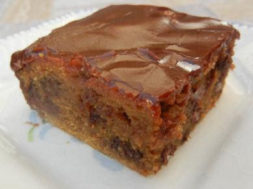


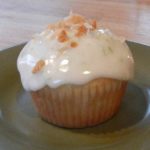


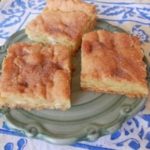
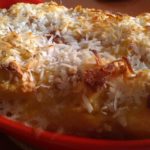

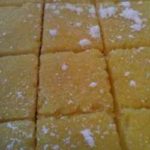
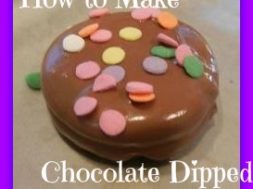
Comment(0)